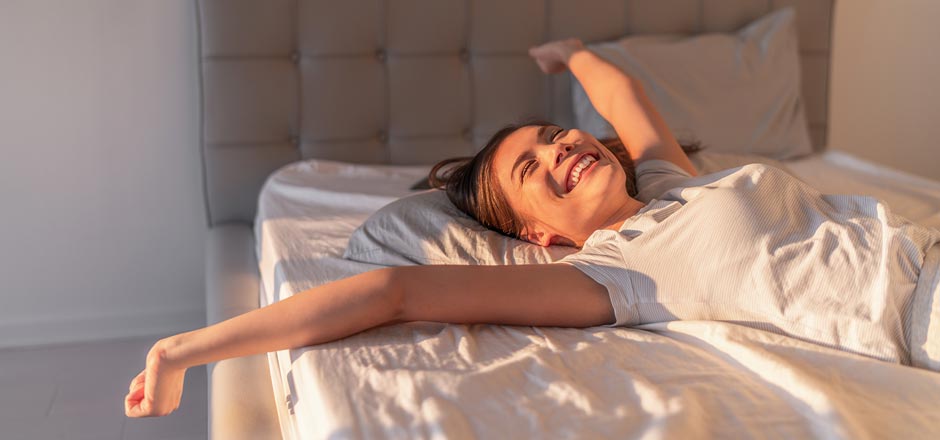In today’s digital age, many people spend long hours in front of computer screens, smartphones, tablets, and other electronic devices. While these devices offer comfort and efficiency in work and daily life, they can also negatively impact our visual health and overall well-being. This is where blue light filtering glasses come in as a valuable resource to rest our eyes and improve sleep quality.
What is Blue Light and Why is it Harmful?
Blue light is part of the visible light spectrum and is found everywhere—from natural sunlight to the artificial light emitted by electronic devices. Although blue light is beneficial during the day as it helps us stay alert and boosts our mood, overexposure—especially at night—can have harmful effects on our visual health and sleep cycle.
When we work in front of screens, our eyes are constantly exposed to large amounts of blue light. Over time, this exposure can lead to eye strain, dryness, itching, and blurred vision. Moreover, blue light suppresses the production of melatonin, the hormone that regulates our sleep-wake cycle. This means that exposure to blue light before bedtime can make it harder to fall asleep and achieve restful sleep.
How Do Blue Light Filtering Glasses Work?
Blue light filtering glasses are designed to block or filter a significant portion of blue light from screens and other artificial sources. By wearing these glasses, we reduce the amount of blue light reaching our eyes, which helps decrease eye strain and other visual issues related to prolonged screen exposure.
Additionally, by filtering blue light, these glasses help regulate our circadian rhythms and improve sleep quality. Wearing them during the last hours of the day reduces interference with melatonin production, allowing our bodies to better prepare for nighttime rest.
Benefits of Blue Light Filtering Glasses for Screen Users
For those who spend long workdays in front of screens, blue light filtering glasses can make a substantial difference in visual health and overall well-being. Key benefits include:
- Reduced Eye Strain: These glasses lessen direct exposure to blue light, helping to decrease eye fatigue and dryness.
- Improved Sleep: Wearing them before bedtime supports melatonin production, enhancing sleep quality and easing the process of falling asleep.
- Increased Focus: By minimizing blue light’s negative effects, we can maintain better concentration and attentiveness throughout the day.
- Glare Reduction: They also help reduce glare and reflections from screens, providing more comfortable and clearer vision.
- Long-term Eye Protection: Regular use may help prevent long-term visual problems linked to excessive screen exposure.
In conclusion, blue light filtering glasses are an effective and practical tool for anyone working with screens who wants to protect their eyes and improve sleep quality. Incorporating these glasses into your daily routine offers a more comfortable visual experience and reduces the negative impact of blue light on your eye health and overall well-being. Prioritize your visual health and nighttime rest with blue light filtering glasses.



